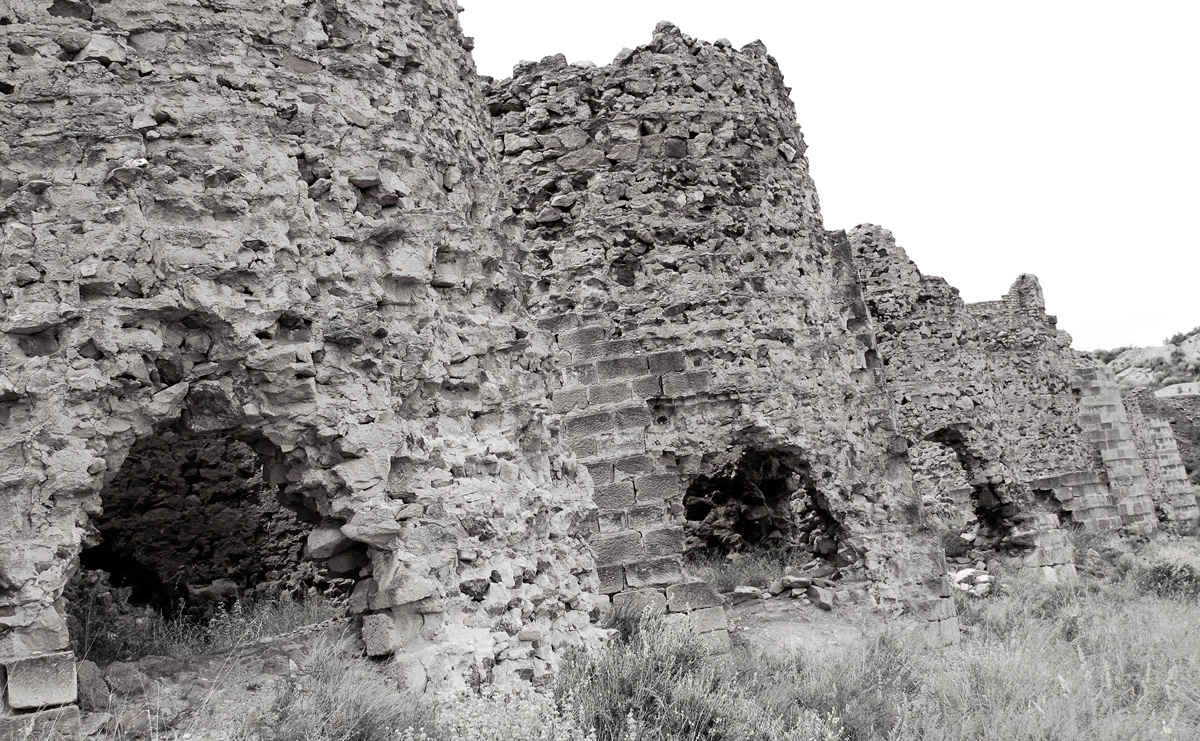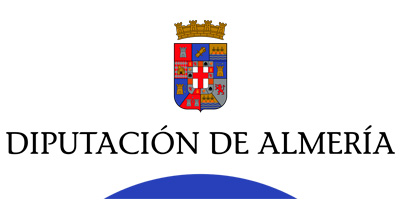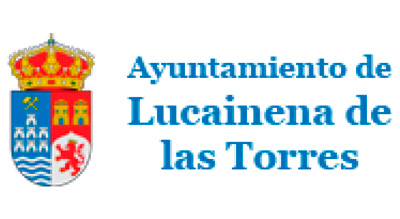Lucainena de las Torres Greenway Nature Trail
History of the Railway

The history of any mining railway is very simple and repetitive. Lucainena's is in line with this model repeated ad nauseam. It is the story of a mine, located at a respectable distance from a railway or a maritime loading dock and, in order to make the business profitable, the mining entrepreneur is forced to build a railway line that brings his minerals to a point of consumption or long-distance transport. One fine day the mine is exhausted, or it becomes more expensive to extract minerals than the money made from their market value. Then the mine and, logically, the railroad that served it close down. Now we are going to explain this specific case in Almeria. In 1893, the Sierra Alhamilla, located northeast of the provincial capital, was the seat of several iron mining operations. In 1893 the Sierra Alhamilla Mining Company began to exploit some breeding areas located near the town of Lucainena de las Torres. Although the original idea was to link up with the mining railway that came down from Baños to Almeria, the breaking of agreements with the owner of those mines made the CMSA undertake the construction of its own railway. This would run from the base of the mines to the cove of Agua Amarga, 36 km away. In this case, it was proposed to build a loading dock in a steep sloped area, which would require a complex and spectacular design featuring inclined planes, ore deposits and the metal structure of the loading dock itself.
Among the owners of this mine was Ramón de la Sota, a Basque magnate with vast mining experience in Cantabria and Vizcaya. Construction was completed in just two years, and from 1896 the railway and the mines were exploited with a perfect strategy, resulting in excellent yields. This bonanza ended with the end of the First World War. The European steel crisis dragged down some mining operations, including this one in Almeria. The mines and the railway languished along until the civil war. After the war, the railway underwent an intense reform but, when it was finished, it was discovered that the mines were exhausted. In this way, as far back as in 1942 the railway and the mines were abandoned once and for all, and all their metal elements (tracks, bridges, loading bays) were dismantled shortly after.





